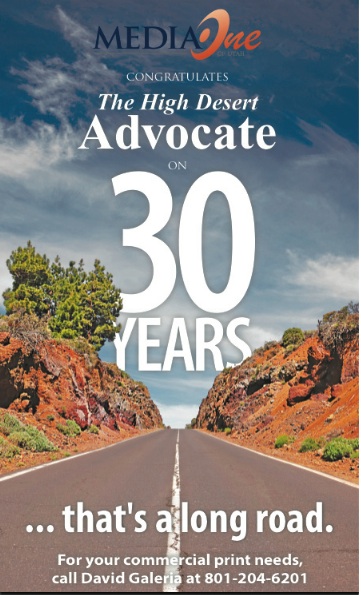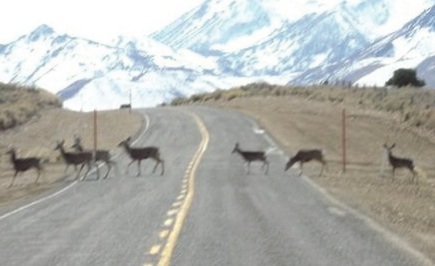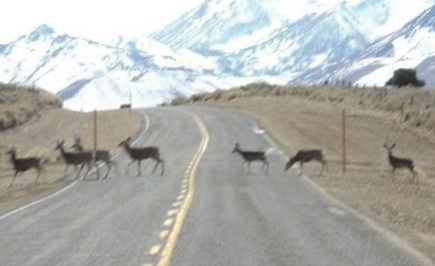The Nevada Departments of Transportation and Wildlife and the Nevada Highway Patrol are reminding motorists to drive safely in wildlife-prone areas with the upcoming spring animal migration.
[media id=2 width=320 height=240]
“A large deer or animal can cause great damage to a vehicle, and more importantly, to motorists,” Nevada Highway Patrol Trooper Jim Stewart said. “We want to continue to remind motorists to drive carefully, in wildlife-prone areas and elsewhere. Look for deer/elk crossing signs and scan the road ahead for potential wildlife.”
“Spring deer migration in northeastern Nevada usually begins in early or mid March, depending on weather,” Nevada Department of Wildlife Public Information Officer Joe Doucette explained. “Deer often cross Interstate 80 and U.S. 93 in the northeastern part of the state, as well as other areas.”
 In a recent five year span, there were nearly 2,500 reported vehicle-animal collisions across Nevada, including approximately 1,300 involving deer. Research estimates that more than 50 percent of such collisions go unreported, pointing to a potentially higher number of animal-related incidents.
In a recent five year span, there were nearly 2,500 reported vehicle-animal collisions across Nevada, including approximately 1,300 involving deer. Research estimates that more than 50 percent of such collisions go unreported, pointing to a potentially higher number of animal-related incidents.
NDOT and NDOW have jointly installed five safety crossings on U.S. 93 north of Wells. The two overpasses and three underpasses are designed to reduce the chance of collisions caused as deer and other large animals migrate across U.S. 93. The underpass and overpass walkways are covered with earth to replicate the natural environment and encourage use by animals. Deer fencing is installed on both sides of the crossings to help direct animals to cross at the designated overpasses and underpasses. Research conducted by the University of Nevada, Reno shows that, during the first four migrations in which safety crossings were installed, more than 16,000 mule deer were kept off the road and away from potential collisions with vehicles. Another safety crossing is scheduled to complete construction this summer on I-80’s Silver Zone Pass between Oasis and West Wendover.
 “There’s really only one traffic safety goal that is right for each Nevada driver and their family, and that is zero fatalities,” NDOT Director Rudy Malfabon explained. “We install road safety measures such as these crossings to increase safety, but the most important way to reach zero fatalities for yourself and your family is to always focus on the road and drive safely.”
“There’s really only one traffic safety goal that is right for each Nevada driver and their family, and that is zero fatalities,” NDOT Director Rudy Malfabon explained. “We install road safety measures such as these crossings to increase safety, but the most important way to reach zero fatalities for yourself and your family is to always focus on the road and drive safely.”
Obey all speed limits, traffic signs and regulations.
· Wear seatbelts and limit distractions while driving.
· Heed animal warning signs. Be alert for the potential of wildlife, particularly where wildlife warning signs are posted.
· Actively scan all sides of the road as you drive and look for any signs of wildlife. One potential sign of wildlife is glowing or red eyes that become visible as vehicle headlights bounce off the eyes of animals.
· Adjust driving speeds if necessary to help reduce the chance and impact of an animal collision.
· Remember that many accidents are not due to colliding with wildlife but are the result of driving into another car or truck in the opposite lane while trying to avoid colliding with the animal.
· Herd animals such as deer and elk travel in groups. If you see one deer, there is a strong likelihood that others may be nearby or in other locations along the road.
· Use your vehicle’s high beams at night to view the roadway ahead when there is no oncoming traffic.


